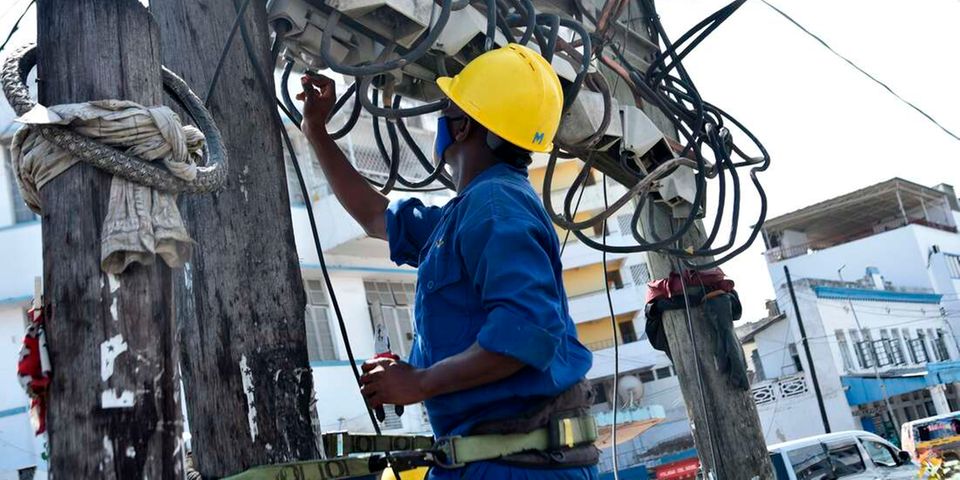Rural power sales drop to Sh12.4bn despite user growth

Kenya Power, the country's dominant electricity supplier, recorded Sh12.4 billion in sales revenue from the rural electrification program during the year ending June 2024.
In a surprising turn of events, rural electricity consumption in Kenya has dropped for the first time in four years, even as the government continues to expand the national grid.
Fresh data released by the Kenya National Bureau of Statistics (KNBS) reveals that despite 134,630 new connections to the grid in the last financial year, power consumption in rural areas decreased.
According to the 2025 Economic Survey, Kenya Power, the country's dominant electricity supplier, recorded Sh12.4 billion in sales revenue from the rural electrification program during the year ending June 2024.
This marked a slight decline of Sh100 million, or 0.8%, from the previous year’s revenue of Sh12.5 billion.
The drop in revenue reflects a shift in power consumption trends. Interestingly, this decline came at a time when the number of homes, schools, and public offices connected to electricity in rural areas increased significantly.
The total number of rural customers rose to nearly 2.35 million, up from 2.21 million the previous year, demonstrating the success of the government’s push for broader electricity access.
The increase in rural electricity connections is primarily attributed to the government’s Last Mile Connectivity Program, which seeks to provide power to households and public institutions located within 600 meters of a transformer.
This program is a key part of Kenya's national energy strategy to ensure universal access to electricity by 2030.
The Rural Electrification and Renewable Energy Corporation (Rerec) plays a pivotal role in this initiative, connecting rural homes and essential public facilities such as health centers to the national grid.
In remote areas far from existing power lines, Rerec also provides solar power systems to underserved homes and offices.
Kenya National Bureau of Statistics highlighted that the rural electrification program's customer base grew by 6.1% from 2.21 million in the 2022/23 period to 2.35 million in 2023/24.
This growth is largely attributed to an increase in domestic and small commercial customers, as noted in the Economic Survey report.
Despite the continued expansion of the electricity grid, the reduction in power consumption is noteworthy.
This decline in rural electricity sales revenue was the first such drop since the year ending June 2020, when sales fell by Sh700 million, or 6.48%. In that period, rural electrification accounted for Sh10.1 billion in sales.
Last year, rural electrification represented 6.37% of the total 10.75 billion kilowatt-hours of domestic electricity demand in Kenya.
However, the economic challenges that continue to affect many rural households may be contributing to lower power consumption, even as the infrastructure to provide electricity expands.
